Motion to Set Aside (Relief from Default Judgment)
Templates and Forms
If a defendant does not respond to a civil lawsuit, the plaintiff may obtain a default and default judgment, winning the case without the defendant’s participation. If the defendant has a valid reason for not responding, such as never being notified, they may file a motion asking the judge to set aside the default judgment. This is also called a motion for relief from default or a motion to vacate judgment. This guide gives the steps to write and file such a motion, and includes templates you can adapt to fit your situation.
Related Guides:
Responding to a Debt Collection Lawsuit (Answer-Contract)
Responding to a Lawsuit (Answering a Complaint)
Request a Default Judgment by Clerk
Request a Default Judgment by Court
When a defendant is served with a Summons and Complaint, the defendant has a limited amount of time (typically 30 days) in which to respond to the lawsuit. The response must be a formal written response filed in court and served on the plaintiff. A letter or phone call will not protect the defendant.
If a defendant fails to respond, the plaintiff may ask the court to enter a default, cutting off the defendant’s time to respond. The plaintiff can also file a request for default judgment for the amount they claim is owed.
In a breach of contract or collection case, the amount of the judgment is usually the amount requested by the plaintiff in the complaint. In a personal injury or property damage case, the amount awarded is limited to the amount of damages established by the evidence the plaintiff presents to the Court.
If the judgment is granted, the plaintiff can garnish the defendant’s wages, levy their bank account, put a lien on their real estate, and use other collection methods to obtain the judgment amount.
Sometimes defendants are not actually notified of the lawsuits, often because they have moved. In that case, the defendant may only find out about it when their wages are garnished or their checks start bouncing because their bank account is empty. In those cases, the defendant may file a motion to vacate the judgment. If this motion is granted, the plaintiff must start over again, beginning by serving the defendant.
Grounds for Relief
California Code of Civil Procedure (CCP) §§ 473(b), 473(d), and 473.5 and Civil Code (Civ) § 1788.61 specify the most common grounds upon which you can base a motion for relief from default or default judgment. These grounds include:
Inadvertence, surprise, mistake, or excusable neglect (CCP § 473(b))
Under CCP § 473(b), the court may set aside a default and default judgment if the defendant asking for the set aside presents enough evidence to the court to demonstrate that the default was entered by inadvertence, mistake, surprise, or excusable neglect. This motion must be filed within six months of the default being set aside.
“Inadvertence” and “excusable neglect” are virtually synonymous (See Barnes v. Witt, 207 Cal. App. 2d 441 (1962)), and are the most common reasons for a set aside. In addition to filing a timely motion, the defendant asking for the set aside must present sufficient evidence for the court to find that the inadvertence or neglect was excusable. To be excusable, the neglect must have been the act or omission of a reasonably prudent person under the circumstances. Forgetting about the lawsuit, being too busy to properly respond, or being unable to afford an attorney are not grounds for excusable neglect.
Examples of excusable neglect include:
- Illness that disables the party from responding or appearing in court
- Failure to respond because you relied on your attorney to do so
- Failure to appear at trial because you relied on misinformation provided by a court officer
A mistake of fact occurs when a person understands the facts to be other than they are. A mistake of law occurs when a person knows the facts as they are, but has a mistaken belief as to the legal consequences of those facts. Ignorance of the law or negligence in researching the law does not generally constitute an excusable mistake, and therefore is not usually grounds for relief from a default; however, the more confusing or obscure the critical fact or point of law that caused the default, the more likely it becomes the court will find the mistake to be excusable.
Surprise occurs when a party is placed in an injurious legal situation, through no fault or negligence of his or her own, that ordinary prudence would not have guarded against.
Typically, in the day-to-day handling of these motions, the court does not focus on whether a problem is a “mistake” or “inadvertence” or “excusable neglect,” but rather looks at what went wrong, and whether it is reasonable under the circumstances to relieve the requesting party from the judgment.
Party not given actual notice in time to defend (CCP § 473.5)
Even if service of the summons is proper, sometimes it does not result in “actual notice” to a party in time to defend their case. “Actual notice” means the party genuinely does not know of the litigation, so to show a lack of actual notice a defendant would need to demonstrate to the court that he or she lacked knowledge that the lawsuit existed. This lack of knowledge cannot be caused by the defendant’s inexcusable neglect or avoidance of service. Motions based on CCP § 473.5 must be filed within a reasonable period of time, and that time must be within two years of the date of the judgment. Goya v. P.E.R.U. Enterprises, 87 Cal. App. 3d 886 (1978).
Party not given actual notice in time to defend action brought by a debt buyer (Civ § 1788.61)
Similar to the grounds discussed above, Civ § 1788.61 permits a defendant to set aside a default or default judgment when service of a summons did not result in actual notice in time to defend cases brought by a debt buyer. This code section applies only if you were sued by debt buyer, such as a collection agency or law firm that purchased the debt from the original creditor. Motions brought under this code section must be filed within either 6 years after the entry of default, or 180 days of the first actual notice of the action, whichever is earlier.
If this default judgment occurred because you were the victim of identity theft, or this is a case of mistaken identity (e.g., the judgment should be against someone else who shares your name), you have 180 days from the first actual notice of the case to ask the court to set aside the default judgment.
Void judgments (CCP § 473(d))
The court may, on its own motion or the motion of either party, set aside any void judgment or order. A judgment or order may be void if the issuing court lacked subject matter jurisdiction over the action, if the court lacked personal jurisdiction over the defendant, if the judgment or order granted relief that the court had no power to grant, or if the judgment was procured by fraud on the court. Although there are numerous ways in which a judgment may be void, a common way default judgments are found to be void is if the judgment was obtained after improper or fraudulent service, resulting in a lack of personal jurisdiction over the defendant.
A judgment may be void on its face if review of the court file reveals that the judgment was improperly entered, for example, if a default judgment is entered against a defendant less before 30 days have lapsed since the date of service shown on the Proof of Service of Summons. A judgment may be void in fact if the judgment appears to be properly entered in the court file, but evidence shows that the judgment was improperly entered, for example, if a defendant can establish that the Summons was never served.
A judgment void on its face is subject to set aside at any time, (see Nagel v. P & M Distributors, Inc., 273 Cal. App. 2d 176 (1969)), however courts typically require that a motion to set aside a judgment that is void in fact to be filed within a reasonable period of time. In determining the outer limits of what constitutes a reasonable time, courts have referred by analogy to statutory limitation periods. Some courts have applied the six-month period applicable to motions under CCP § 473(b) (see, e.g., Wells Fargo & Co. v. City etc. of S.F., 25 Cal. 2d 37 (1944)). Other courts have applied the two-year or 180-day period applicable to motions under CCP § 473.5, particularly when the judgment or order is void in fact due to an extrinsic defect in service (see, e.g., Rogers v. Silverman, 216 Cal. App. 3d 1114 (1989)). Given the wide discretion of the court and the lack of consensus of what constitutes a reasonable period of time, it is typically best to promptly file any motion seeking to set aside a void judgment.
Step-by-Step Instructions
1
Collect Supporting Evidence
Motions to set aside default judgments typically include one or more documents attached as exhibits, which provide the court with evidence supporting your claims. You may want to collect these documents ahead of time, so that you may accurately describe them in your pleadings. The documents you will attach vary depending on your situation, the grounds you are claiming, and what you are attempting to prove.
For example, you may want to collect:
- Evidence of your residential or business address on the purported date of service, if you are claiming that you did not receive actual notice because service occurred at an old address;
- Medical documentation if you claim excusable neglect based on a medical condition;
- Proof that you are not the party named in the judgment if you are claiming mistaken identity;
- Identity Theft Victim’s Complaint and Affidavit or a copy of a related police report if you are claiming identity theft (NOTE: If you are claiming identity theft under Civ § 1788.61, one of these must be included with your motion);
- Documentation of any misinformation you received from a court officer, etc.
Remember, you are not trying to convince the court why you should win the lawsuit at this point. You are attaching only documents that prove why the default should be set aside. If your motion is granted, you will have an opportunity to present your defense to the lawsuit.
2
Reserve Your Court Hearing and Determine Deadlines to File and Serve Motion
This information is for Sacramento. If your case is in a different county, do not follow these instructions. Instead, call the clerk or visit the court website in your county to find the correct information.
A motion to set aside a default is considered a “Law and Motion” matter and will be heard in either Department 53 (odd numbered cases) or Department 54 (even numbered cases). For details on how to select and reserve a date, visit “How to Schedule a Motion in Sacramento Civil Court.“
3
Prepare Your Motion and Proposed Response
Parts of a Motion
A request to set aside a default is made through a motion. A “motion” is a request made in a case asking the court to issue an order of some sort. Most motions are in writing. With few exceptions (such as in family law cases), there is no Judicial Council form for making a motion. Instead, the motion must be typed on 28-line pleading paper. A written motion consists of four parts:
- Notice of Motion;
- Motion;
- Points and Authorities; and
- Declaration
The Notice of Motion lets the opposing party know when and where the motion is scheduled to be heard, while the Motion lets the court and the opposing party know what is being requested. The Points and Authorities explains to the court and the opposing party the legal basis of the motion, while the Declaration provides evidence, sworn under penalty of perjury, supporting the motion.
The parts can be filed as separate documents or combined into one document, as in our template motion.
Modify the Template Motion
There is no Judicial Council form for this procedure. Instead, the relevant documents must be typed on 28-line pleading paper. A customizable template may be downloaded from this link:
The template includes Points and Authorities for all the grounds listed above. The template also includes arguments to be used if you are seeking to quash the service of summons. These are used in instances where the service itself was improper (e.g., it never took place; substituted service was upon a minor child, etc.). In your case, you will likely not be making all of these arguments. You must read the template very carefully, and select only the grounds and arguments that fit your situation.
This sample includes a number of checkboxes that can be filled in by hand. Although you may use this form as is, it will be substantially shortened and look cleaner if you download the customizable template of the motion from the link listed above, and remove the instructions in parenthesis, checkboxes and associated text that are not appropriate to your case, and underlining (after filling in the underlined sections, of course).
Although the declaration (the last part of the motion) can be used as a checkbox form, it is generally preferable if you use your own words to explain the facts of your case. The checkbox form does not anticipate all possible facts that might arise, and is best used as a guideline for some of the points that should be made in your declaration. The declaration is the most important part of the motion, because the declaration presents to the court the evidence that you wish the court to consider when ruling on your motion. Because it is your responsibility as the moving party to prove the basis of your motion, the better your declaration, the more likely it is that your motion will be granted by the court.
Prepare Your Responsive Pleading
A copy of your proposed responsive pleading must be attached to your motion as an exhibit. Your responsive pleading is most likely an Answer, but other options are available. For more information, see the guide on Responding to a Lawsuit or Responding to a Debt Collection Lawsuit.
4
Copy and Assemble Your Documents
Make four (4) copies of your Motion. One of these copies is to be served on the other party’s attorney (or the other party, if they do not have an attorney); the original and the other three copies are to be filed with the court. Staple each of the copies, but leave the original unstapled so the court can scan it.
Your exhibits, attached to your declaration, will include any documents you have that help prove your claims (see Step 1), as well as your proposed responsive pleading (see Step 3).
Assemble your copies into packets. Each packet will include, in this order:
- Notice of Motion and Motion
- Points and Authorities
- Declaration
- Exhibits
Attaching Exhibits
For each exhibit attached to your motion, you must place a page in front of the exhibit identifying it as Exhibit A, B, and so forth in alphabetical order. In one copy, you must use bottom tabs to separate the exhibits, for the convenience of the judge when s/he reads the papers.
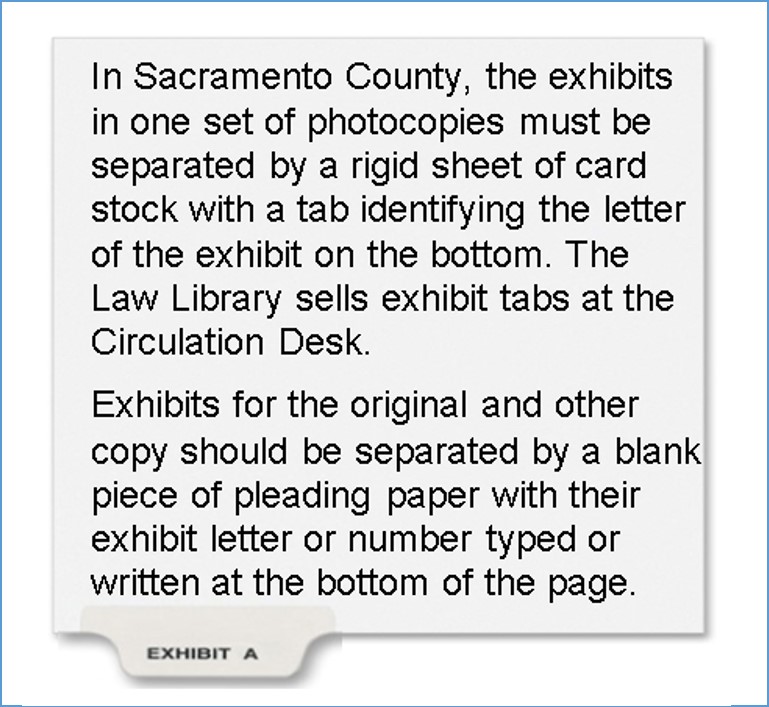
4
Have the Motion Served and Attach the Proof of Service to Remaining Copies
Your motion must be served by a person over the age of 18 who is not a party to the case. Your server must complete a proof of service form, either Proof of Service by First Class Mail (POS-030) or Proof of Personal Service (POS-020). For more information on these Proofs of Service, see our guides for Serving Documents by Mail and Service by Personal Delivery.
The proof of service form should be completely filled out, but not signed. Make a copy of the unsigned proof of service before proceeding and staple after the last page of the copy you will serve.
The server must then personally deliver or mail the service copy on the other party’s attorney (or the other party, if they do not have an attorney).
The server then signs the Proof of Service form, and gives the signed Proof of Service to you.
Make three (3) copies of the signed proof of service. It is not necessary to copy the instruction page. Attach the signed original to the original motion packet, and the copies to the copy packets, after the last page.
5
File Your Motion in the Law and Motion Department
File your motion at the Law & Motion Civil Filing Window in Room 212 on the second floor of the Hall of Justice building, located at 813 6th Street in downtown Sacramento.
Filing Fee: There is a $60 fee to file a motion.
First Appearance Fee: If this is the first document that you have filed in this case (which is likely if this is a motion to set aside default), the court will assess a first appearance fee when you file your motion. This fee depends on the amount the plaintiff claimed. (At the time of this article, $225 for a complaint for up to $10,000; $370 for a complaint for $10,000-$25,000 ($35,000 after Jan. 1 2024); $435 for a complaint for over $25,000 ($35,000 after Jan. 1)). Check the Sacramento Fee Schedule for current fees. are available on the Sacramento County Superior Court’s website.
Fee Waiver: If you are receiving government benefits such as Medi-Cal or are otherwise qualified because of low income, you can apply for a fee waiver. Turn the fee waiver request forms in with the motion instead of a fee payment. For more information, see our Step-by-Step guide on Fee Waivers.
6
Opposition Papers and Your Optional Reply Papers
If any opposing counsel or self-represented party opposes your motion, he or she may serve and file an opposition at least nine court days prior to your motion. No fee is required to file an opposition. The opposition contains a memorandum of points and authorities and usually a declaration, but does not need the notice of motion or motion. Be sure to check your mail, and read any documents you receive carefully.
If the other attorney or party opposes your motion, you may choose to serve and file a reply to the opposition at least five court days prior to the motion. CCP § 1005. It must be served by overnight mail to reach the opposing party no more than one day after it is filed.
The reply is optional and is usually used to address new issues your opponent raised in the opposition. No fee is required to file a reply. See the our guide on Writing, Scheduling, and Opposing Motions for more information.
7
Review the Tentative Ruling and Notify Court and Opponent if You Wish to Appear
Pursuant to Local Rule 1.06, the judge will read your documents and will post a tentative ruling on the motion by 2:00 p.m. the court day before the hearing. (If you are not filing in Sacramento, check with your county court for their rules on tentative rulings. Most counties use a similar system.)
You may read the tentative ruling online or call Department 53 (916-874-7858) or Department 54 (916-874-7848) to have a clerk read the ruling to you. For more information, see the Tentative Ruling Information page on the Sacramento County Superior Court’s website.
Closely review the tentative ruling. Since you are asking the court for to set aside the default, you are looking for your motion to be “GRANTED.” If the court does not grant your request, your motion will be “DENIED.” Even if your request is granted, be sure to read the tentative ruling very carefully, since it will likely contain other important information such as if and when you need to serve and file your proposed Answer (or other response).
If you are happy with the tentative ruling: you do not need to do anything. You won’t have to go to court unless ordered to appear in the tentative ruling or unless the other side calls you and the court between 2:00 p.m. and 4:00 p.m. the court day before your hearing date to request an oral argument in front of the judge. If that happens, you should go to the court hearing and be prepared to argue why your motion should be granted.
If you are not happy with the tentative ruling: You can present arguments in front of the judge. To do so, call the Law and Motion Oral Argument Request Line at (916) 874-2615 by 4:00 p.m. the Court day before the hearing. You must also contact all opposing counsel and/or self-represented parties before 4:00 p.m. to let them know that you are requesting oral argument on the motion.
8
Attend the Hearing, If Necessary
If neither party calls the court and opposing party to request oral argument, the court will simply make the tentative ruling the order of the court.
If you or the other party request oral argument, you can attend in person or remotely by video or phone call using the Zoom app. The tentative ruling will explain how to connect if you choose to use Zoom.
Arrive or log onto Zoom early. There will probably be other cases scheduled at the same time. Go into the courtroom or Zoom waiting room and check in with the bailiff or clerk..
When your name is called, be ready to speak and to answer any questions the judge has. You will only have a few minutes. After both sides speak, the judge may make a decision right away, or may “take it under consideration” and mail out the decision in a few days.
9
File Your Response
If the judge grants your motion, have your server serve your response on your opponent and sign the proof of service. Attach the signed proof of service to your signed original and file it, plus one copy, with the court.
For Help
SH@LL (Self-Help at the Law Library) (formerly Civil Self Help Center)
609 9th Street, Sacramento CA 95814
(916) 476-2731 (Appointment Request Line)
Services Provided: SH@LL provides general information and basic assistance to self-represented litigants on a variety of civil legal issues, including name changes. All assistance is provided by telephone. Visit “What we can help with” for a list of qualifying cases.
Eligibility: Must be a Sacramento County resident or have a qualifying case in the Sacramento County Superior Court.
For More Information
On the Web:
For information about the Sacramento County Superior Court’s motion requirements, visit Motions and Hearings.
At the Law Library:
California Civil Procedure Before Trial KFC 995 .C34 Chap. 38.
Electronic Access: On the Law Library’s computers, using OnLaw.
California Practice Guide: Civil Procedure Before Trial KFC 995 .W45 Chap. 5.
California Forms of Pleading and Practice KFC 1010 .A65 C3 (Ready Ref) Chap. 489.
Electronic Access: On the Law Library’s computers, using Lexis Advance.
California Civil Practice: Procedure KFC 995 .A65 B3 Chap. 29.
California Pretrial Civil Procedure KFC 995 .M38 Chap. 36.
Electronic Access: On the Law Library’s computers, using Lexis Advance.
California Points and Authorities KFC 1010 .B4 (Ready Ref) Chap. 70.
Electronic Access: On the Law Library’s computers, using Lexis Advance.
Younger on California Motions KFC 1012 .C35 Chap. 26.
Samples
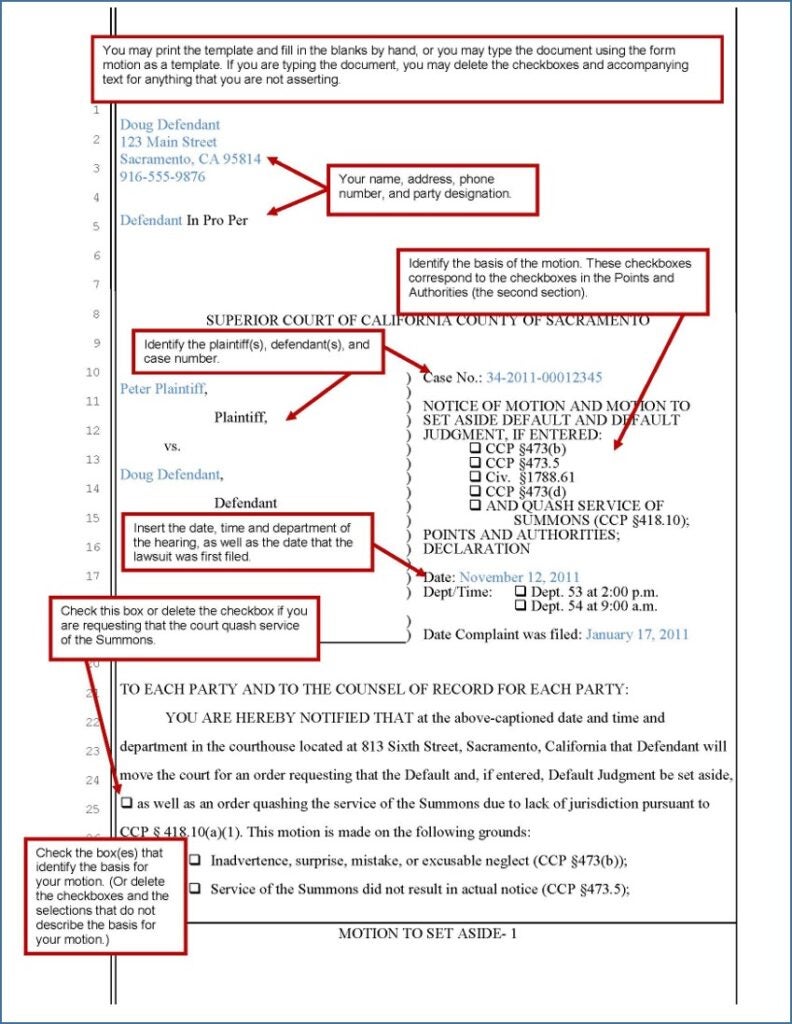
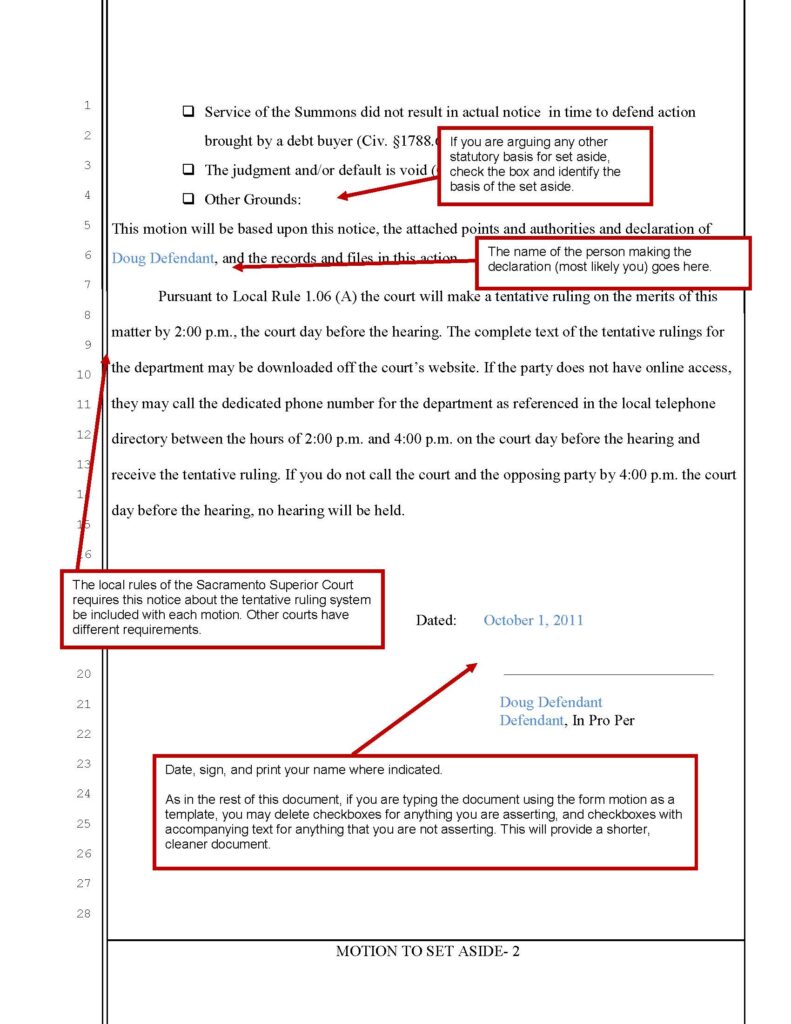
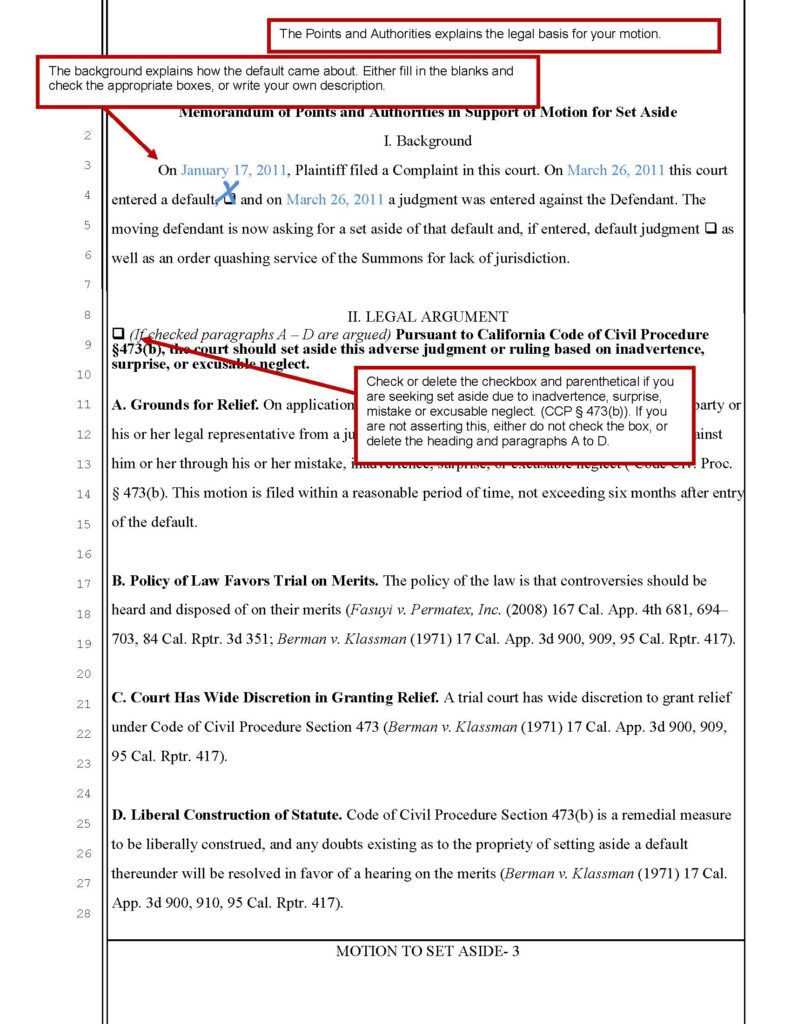
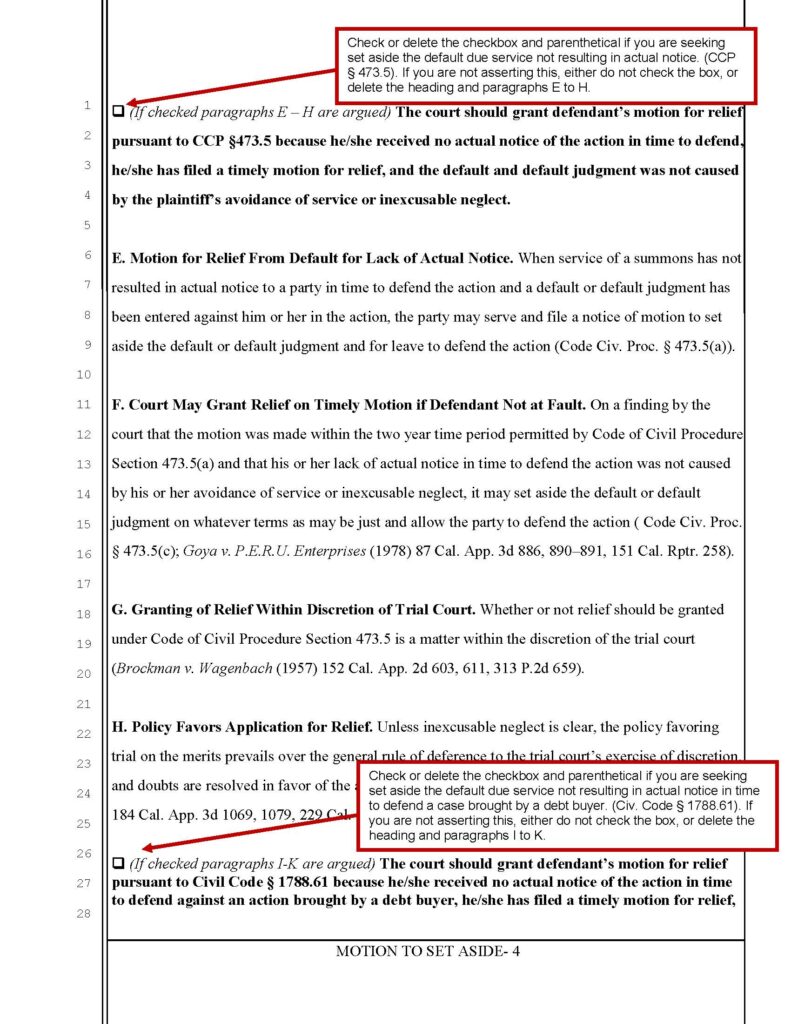
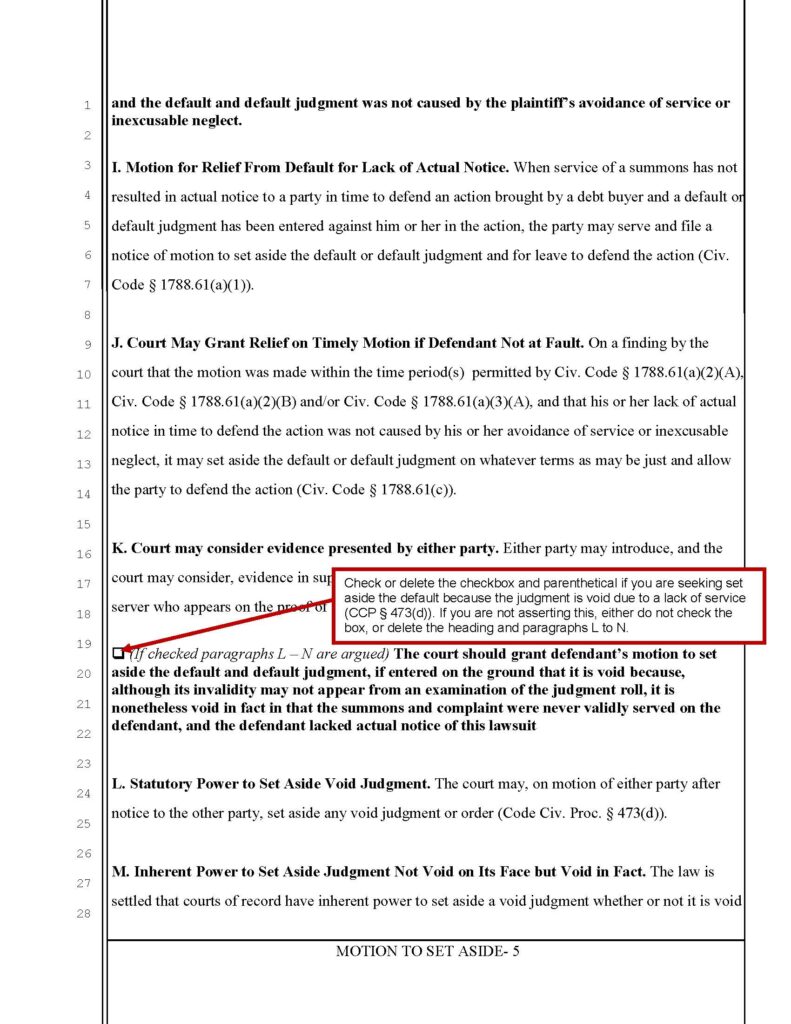
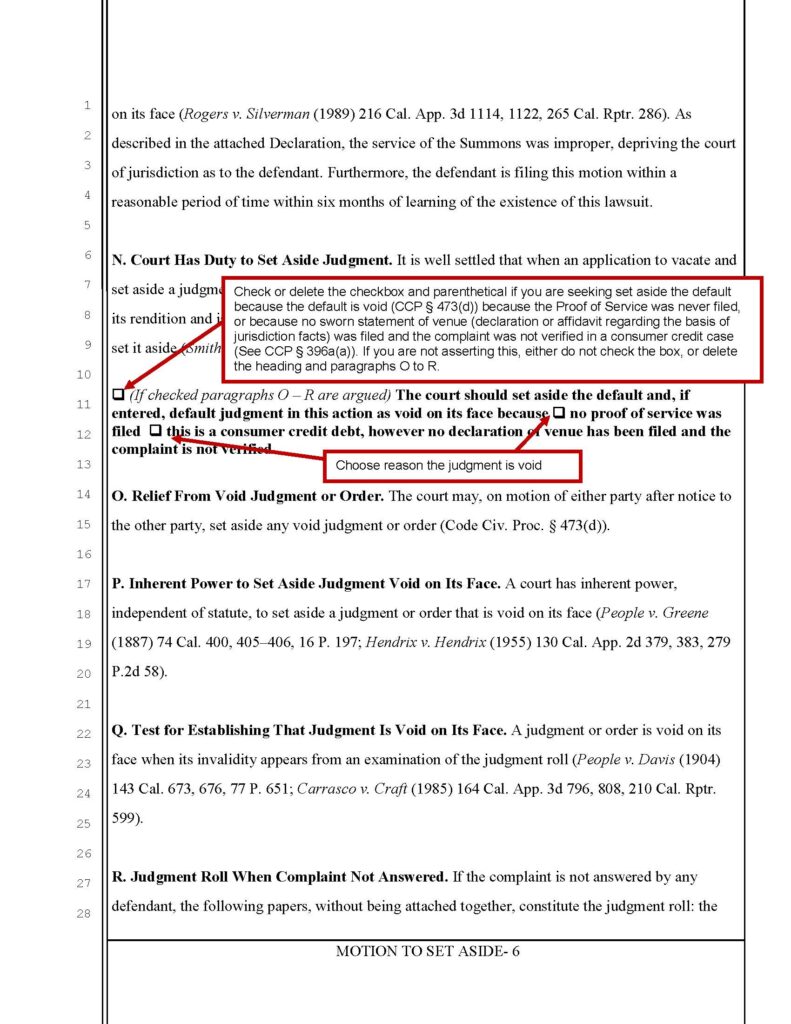
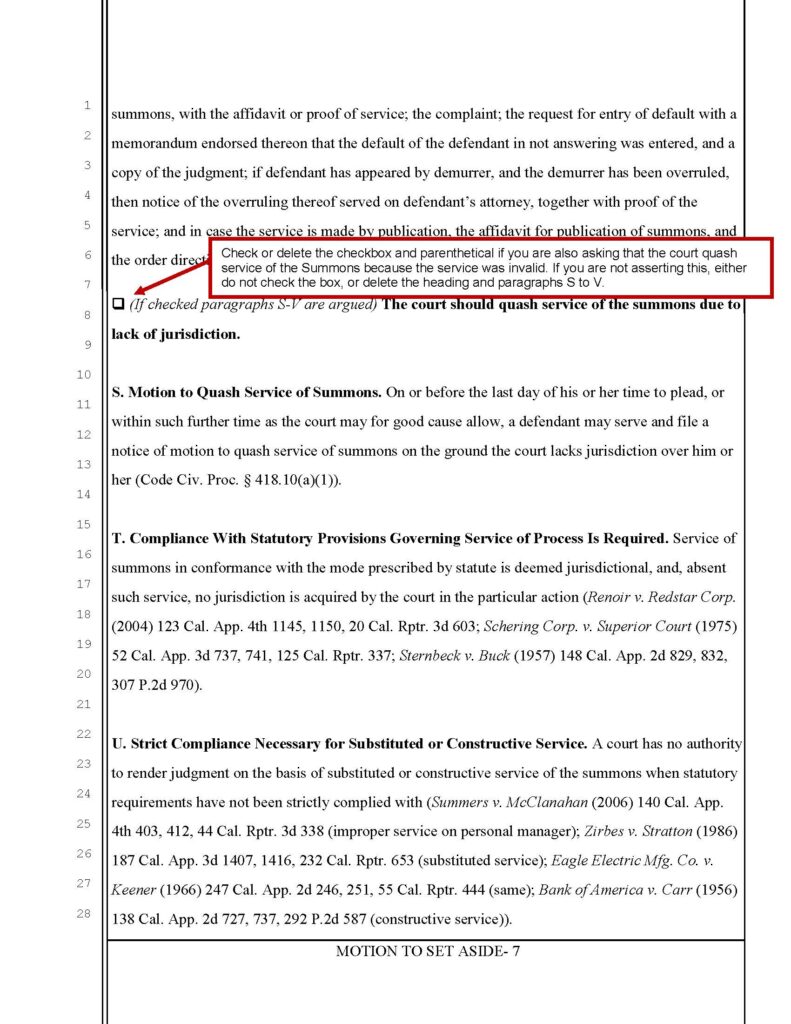
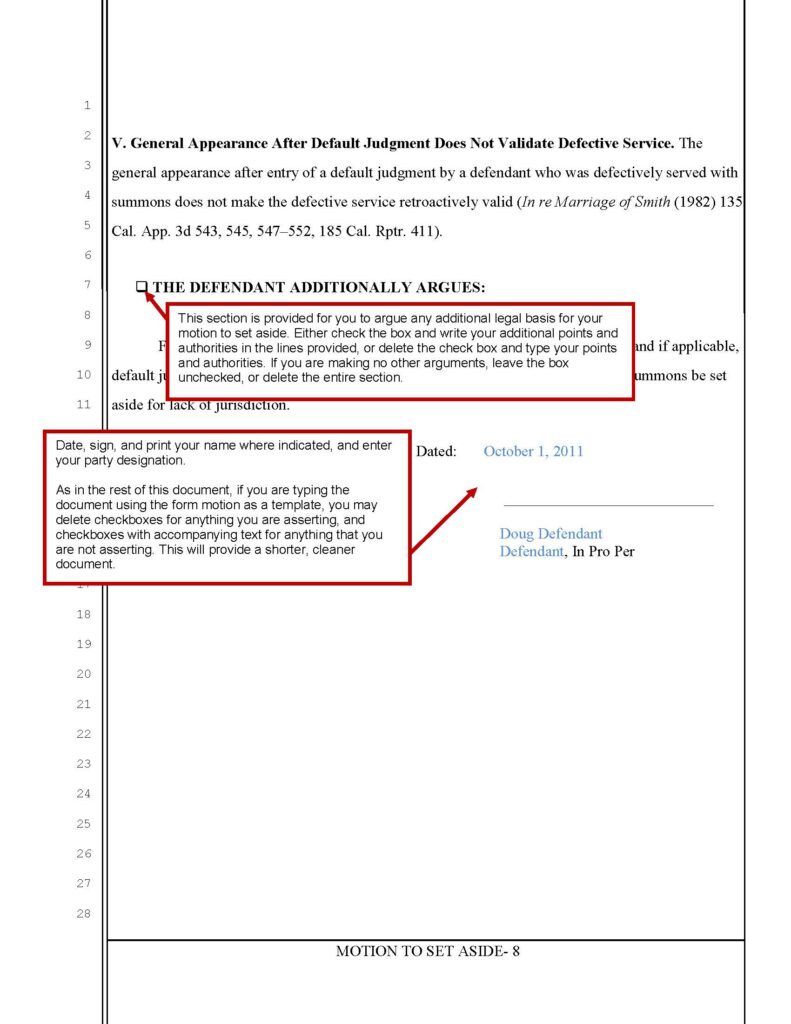
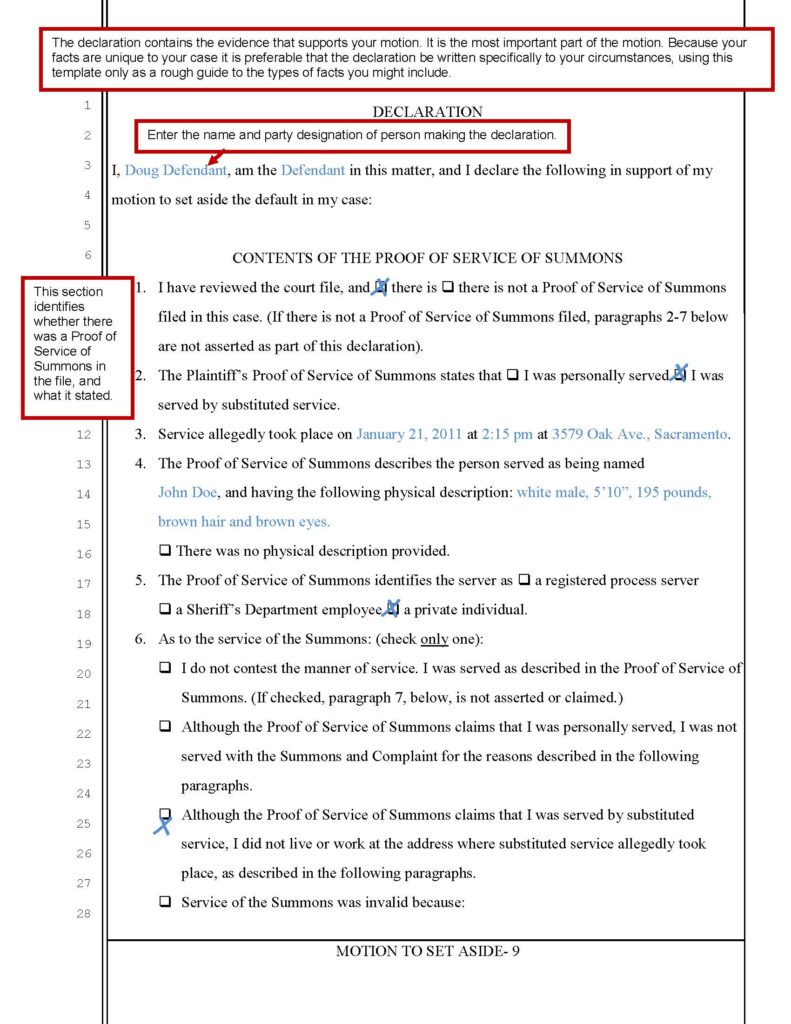
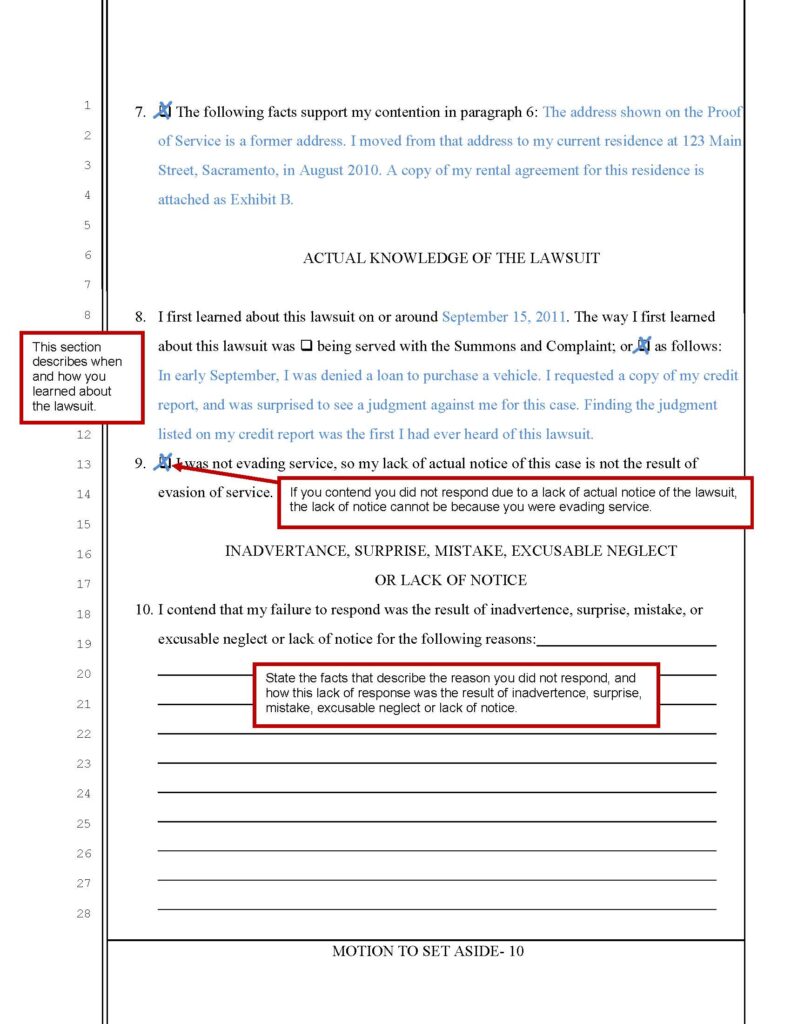
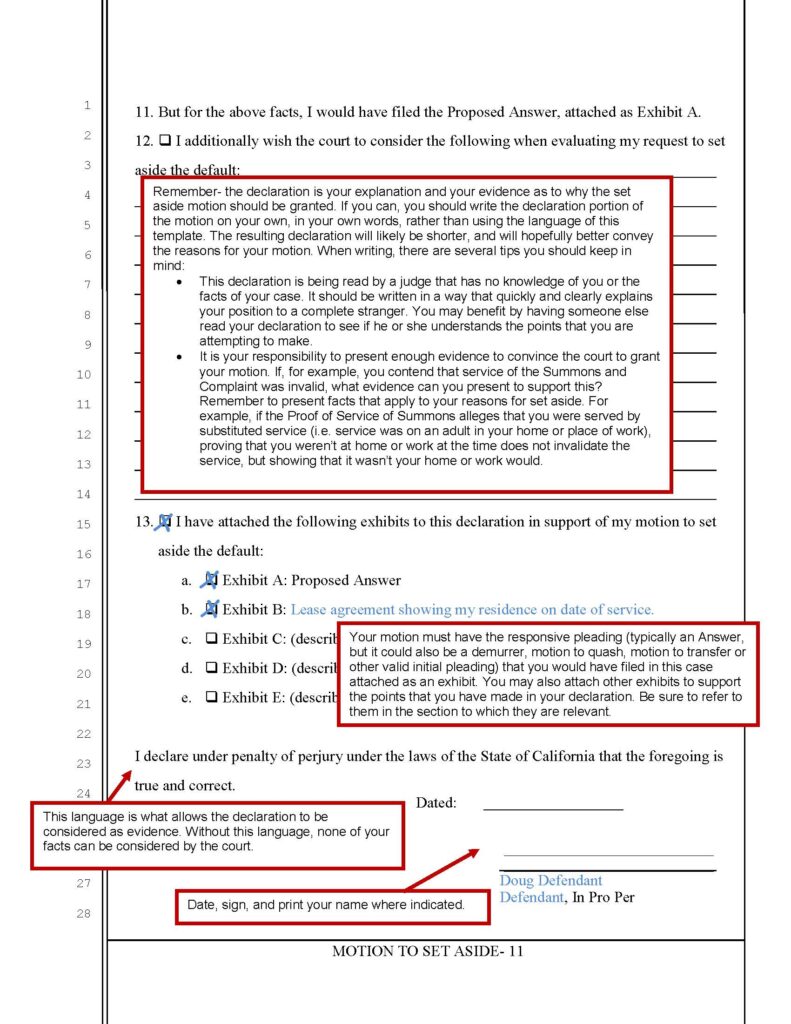
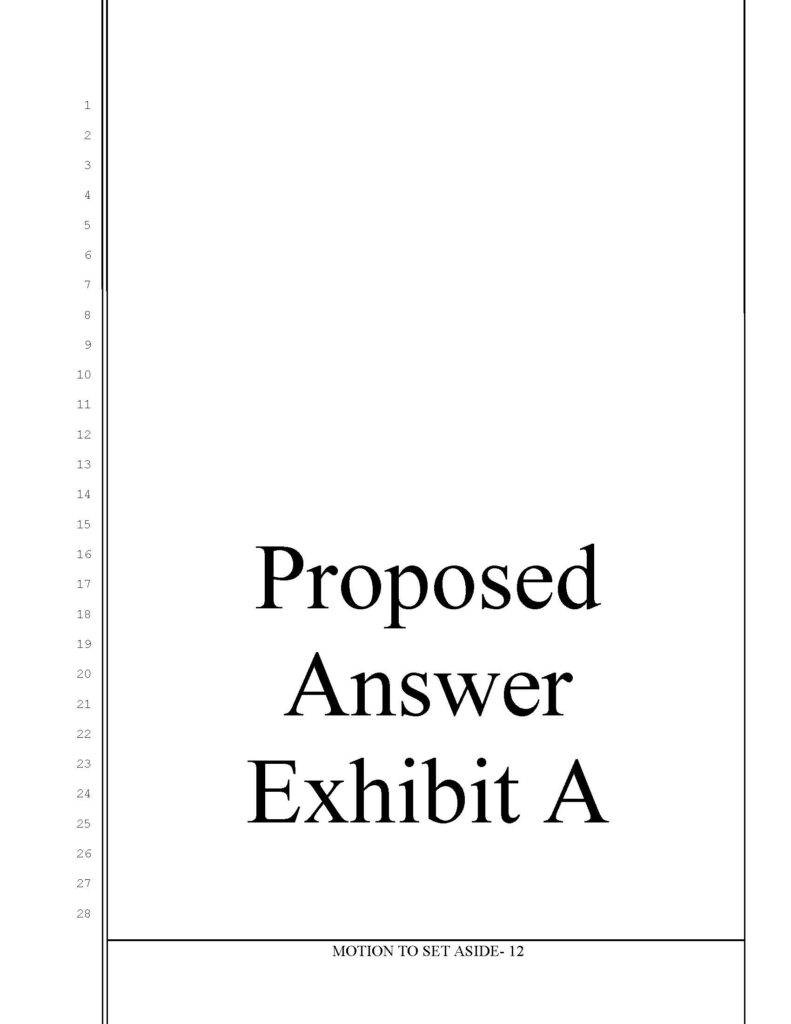
This material is intended as general information only. Your case may have factors requiring different procedures or forms. The information and instructions are provided for use in the Sacramento County Superior Court. Please keep in mind that each court may have different requirements. If you need further assistance consult a lawyer.





